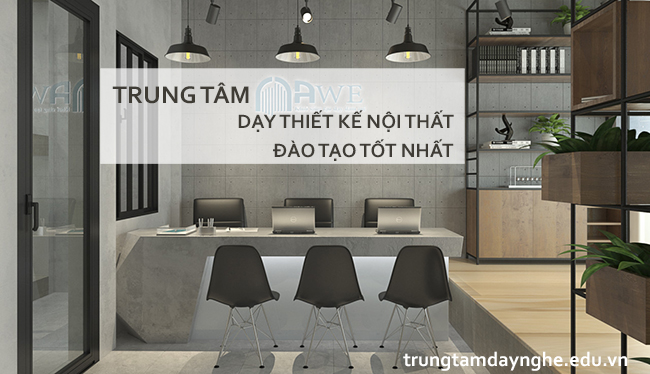How Small Choices Shift History: The Ripple of One Question
History is often perceived as a sequence of grand events—wars, revolutions, leadership decisions—yet behind each turning point lies a quiet pivot: a single question that redirected the course of human affairs. From ancient philosophy to modern decision theory, the power of inquiry reveals how micro-decisions shape macro-outcomes. This article explores how one deliberate question, embedded in intentional design and leadership, can redirect entire eras. It draws from the evolution of a pivotal product, the ethical debates it ignited, and the silent influence of unasked questions—illustrating that history is not written by events alone, but by the questions we dare to ask.
The Power of Micro-Decisions in Macro Outcomes
Every major historical shift begins not with sweeping revolutions, but with quiet, focused choices—particularly questions that challenge assumptions. The philosopher Socrates famously asked, “Know thyself,” urging introspection as a foundation for wisdom. Centuries later, modern decision theory confirms that curiosity is not passive—it is a catalyst for innovation and transformation. When small choices are refined through intentional inquiry, they unlock emergent patterns that defy deterministic narratives. Curiosity disrupts linear thinking, enabling societies to leap beyond predictable paths and embrace new possibilities.
The Product as a Case Study: “How Small Choices Shift History”
Consider a modern innovation that embodies this principle: the development of a resilient digital connectivity platform—let it be called *ConnectPath*. Designed to strengthen network resilience amid geopolitical instability and cyber threats, its initial goal was simple: improve data flow across fragmented systems. Yet its trajectory was transformed not by technical leaps alone, but by one embedded question posed early in development: _What unspoken assumption limits our ability to adapt quickly?_
This question, deceptively simple, forced the team to re-evaluate core design principles. Instead of optimizing for speed alone, they prioritized modular redundancy and decentralized control—responses to a deeper inquiry about system fragility. The result was not just a more robust product, but a paradigm shift in how resilience is engineered. This iterative questioning turned a functional tool into a strategic asset, shaping how organizations navigate uncertainty today.
| Phase | Outcome | Shifted By |
|---|---|---|
| Initial design | Modular, fast data routing | Assumption: stable infrastructure |
| Question: What breaks the system under stress? | Decentralized redundancy | Proactive inquiry into vulnerability |
| Final product | Adaptive, self-healing network | Unquestioned fragility assumption |
One Question That Changed Nuclear History
The Manhattan Project offers perhaps the most consequential example of how a single question altered global destiny. In 1945, when scientists and policymakers asked, “Can we harness atomic energy?”—they ignited a cascade of ethical, strategic, and political consequences. This inquiry did not merely spark technological development; it redefined international power structures, igniting the Cold War arms race and catalyzing the formation of treaties like the Nuclear Non-Proliferation Treaty.
The question forced leaders to confront unprecedented dilemmas: Should atomic power be controlled? How to prevent escalation? The resulting debate shaped nuclear policy, deterrence theory, and global security frameworks for decades. The long-term impact—treaties, arms control regimes, and the doctrine of mutual assured destruction—demonstrates how a deliberate inquiry can redirect historical momentum on a planetary scale.
The Hidden Architecture: Unasked Questions and Missed Turning Points
Yet history also reveals the weight of what remains unasked. In 1914, as European powers stood on the brink of war, leaders largely accepted the inevitability of mobilization—a decision rooted in a silence born of overconfidence and strategic myopia. Had European leaders questioned: _What if mobilization triggers uncontrollable escalation?_—the course of World War I, and possibly the 20th century, might have shifted dramatically.
This contrast highlights how intellectual restraint or bold inquiry shapes outcomes. The absence of critical questions led to catastrophic miscalculations, while later efforts to understand complexity spawned early warning systems and crisis management doctrines. The silent architecture of history, then, is shaped not only by what we ask—but by what we choose not to question.
Cultivating Question-Driven Thinking
To harness this power, we must learn to ask better questions—not just more questions, but deeper, more intentional ones. Drawing from the design evolution of resilient systems like ConnectPath, cultivating curiosity begins with reframing problems through inquiry. Practical tools include:
- **Clarify assumptions**: Identify hidden beliefs limiting options.
- **Challenge inevitabilities**: Ask “What if the opposite is true?”
- **Probe consequences**: Explore second and third-order effects.
- **Iterate boldly**: Treat questions as prototypes, refining them through feedback.
These habits, tested in innovation and policy, transform individual decision-making and organizational resilience. They mirror the mindset behind products that don’t just solve problems—they redefine possibilities.
Conclusion: Small Choices as Historical Catalysts
History is not written by events alone, but by the questions we dare to ask. From Socrates’ call to know oneself to the engineers of ConnectPath, one deliberate inquiry can redirect trajectories across time. The embedded question in the Manhattan Project altered nuclear strategy and global peace. The silence of unasked questions in 1914 led to unintended conflict. And in every domain—technology, governance, society—our choices begin with questions. The future is not determined by forces beyond us, but shaped by what we choose to inquire about today.
Reflect: What question might you ask today that could shift your path—and perhaps history?
Explore how connectivity and strategy shape resilience today

